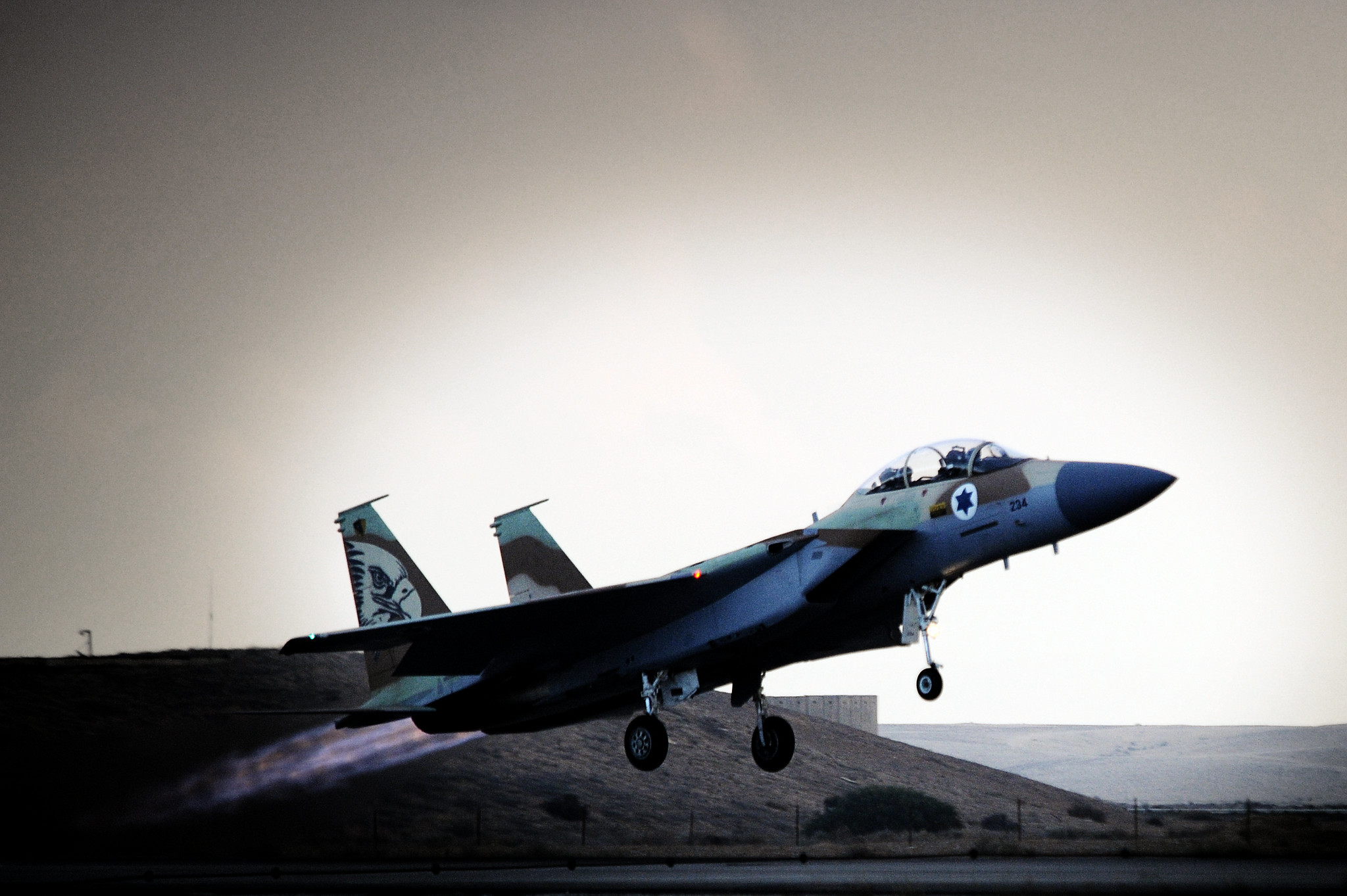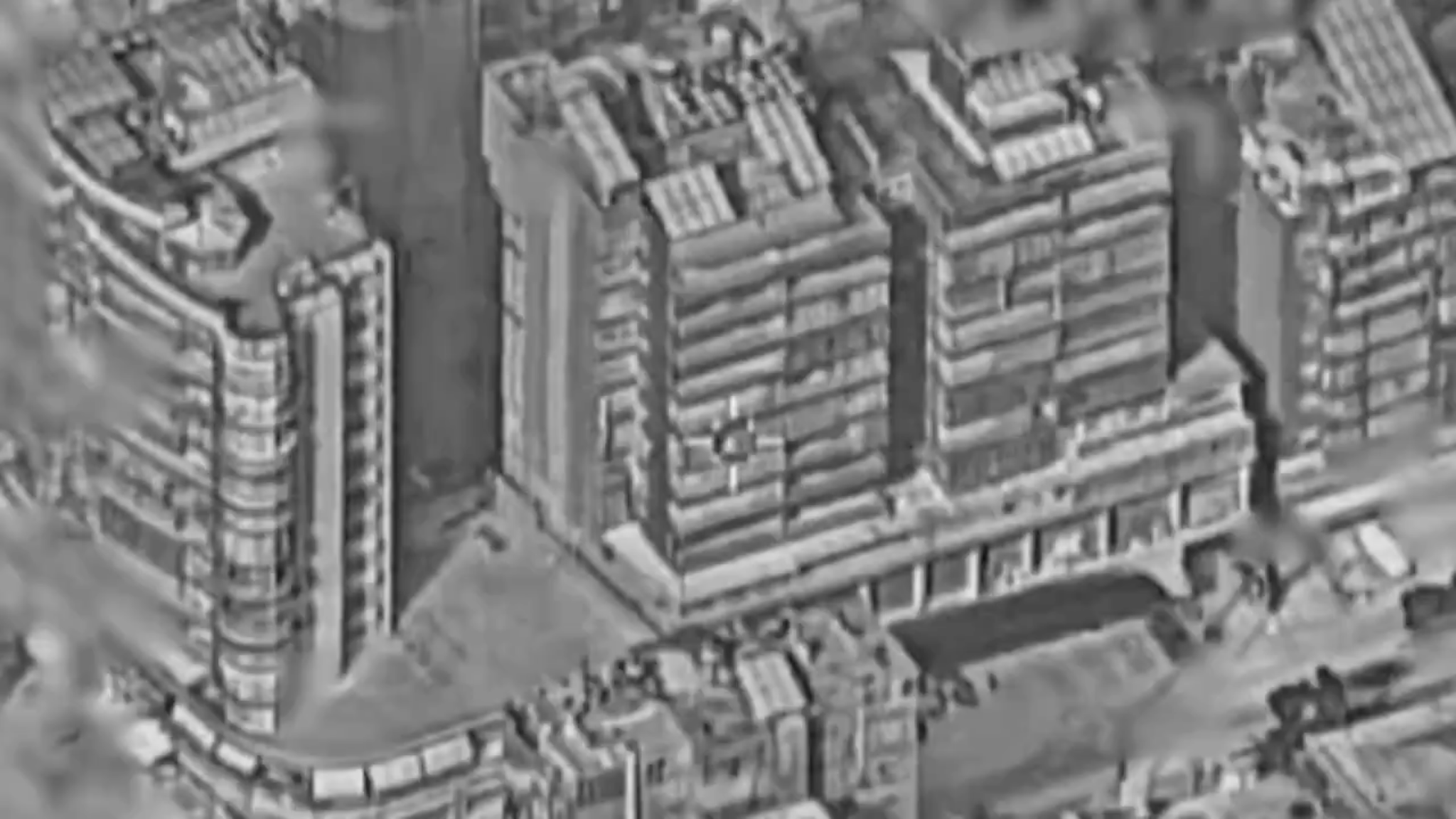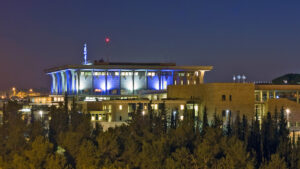Additional details about the attack: the attempt to “convey business as usual,” the approval of the night cabinet and the planes that were in the air during the prime minister’s speech
Following the attack in Da’hiah targeting Hassan Nasrallah tonight (Friday), it is estimated that if the Hezbollah secretary general had been in the same Hezbollah headquarters at the same time – the chance of him surviving is slim to none. The estimate in Israel is that Nasrallah was indeed at the headquarters.
However, an Israeli official told the British “Telegraph” that Prime Minister Benjamin Netanyahu’s trip to the United Nations was part of a strategic plan and that its purpose was to make Nasrallah believe that Israel would not take dramatic action while Netanyahu was speaking in the United States. At the same time, the New York Times reported that the IDF strike followed intelligence that Nasrallah had called a meeting of Hezbollah’s leadership.
Netanyahu’s Exercise
On Wednesday, the decision in principle to act was made, but more information was awaited. Prime Minister Netanyahu debated whether to fly to the UN assembly, but ultimately decided to fly to broadcast as if business were normal.
Security consultations were held throughout the flight. On Friday evening, the cabinet met for a lengthy telephone discussion led by the prime minister from his New York hotel room. The discussion ended at 4:00 a.m. Israel time (9:00 p.m. New York time), and at the end the prime minister and the defense minister were authorized to move forward with the plan.
The next day, at around 10:00 a.m. Israel time, the prime minister held another security consultation. About half an hour before his speech at the UN assembly, new intelligence information was received, which led to another consultation under his leadership. In the end, the prime minister gave final approval for the strike. Approval was given in his hotel room before his speech at the UN.
Earlier, IDF spokesman Lieutenant Colonel Daniel Hagari announced that “in the coming hours we will strike the strategic capabilities that Hezbollah has planted at the heart of the Beirut threat – a coastal missile array built with Iranian funding.”
After the first strike in the al-Lilchi neighborhood of Beirut, which was targeted according to the IDF, large secondary explosions were seen at the scene – evidence that weapons had been struck. Later, additional targets were struck in and around the Lebanese capital, and in particular in the Da’ahia district, which is considered a Hezbollah stronghold.
Shortly before that, a source close to Hezbollah told Reuters news agency that contact had been lost with the organization’s secretary-general, Hassan Nasrallah, who, as mentioned, the IDF estimates was at least wounded – and probably also killed – in the attack on Hezbollah’s headquarters in Da’iyah.
After the attempted extermination in Beirut, Netanyahu and his entourage were filmed at a Shabbat reception with UN Ambassador Danny Danon and Consul General in New York Ofir Akunis.
“Our enemies thought we were spider webs,” one of them said. What spider webs? There are sinews of steel here, both of will and strength.” According to Netanyahu, “We are fighting for existence. There is no exaggeration here. The nation of Israel lives and, when it needs it, it also kicks. Today we kicked fair and square and we will continue to do so.”
Intelligence on leadership meeting called
According to a New York Times report, Israel’s attempt to eliminate Nasrallah came after intelligence was received indicating that he had called a leadership meeting at an underground facility south of Beirut, five Israeli officials said.
According to the report, the officials said that intelligence agencies were aware of the facility, located beneath four residential buildings in a densely populated area south of Beirut, and the government ordered airstrikes based on real-time information indicating that Nasrallah had arrived there.
The New York Times reported that based on this information and the large amount of munitions fired at the site, including weapons designed to destroy bunkers, and intelligence gathered within Hezbollah since the attack, the initial assessment by intelligence agencies is that Nasrallah was killed. However, the sources cautioned that this estimate is preliminary and could change.
The report adds that three of the sources said the government’s decision to strike was also based on political, strategic and other considerations, not just intelligence. They said Israel had information about Nasrallah’s whereabouts in the past and had forgone previous opportunities to try to kill him.
Source: YnetNews, IsraelHayom, New York Times




